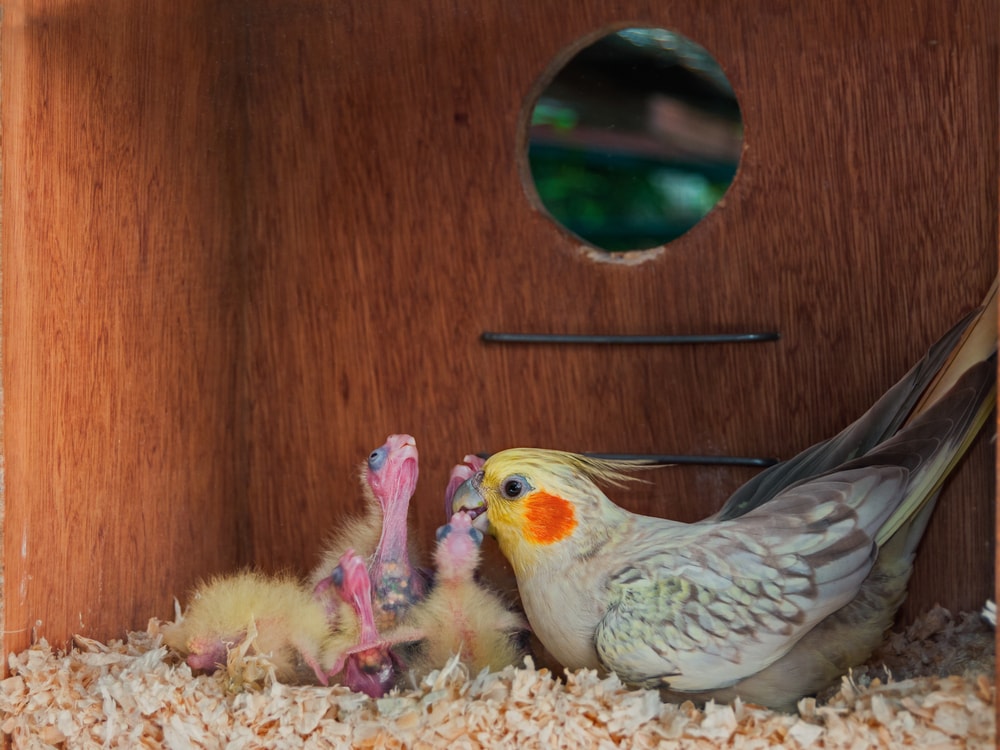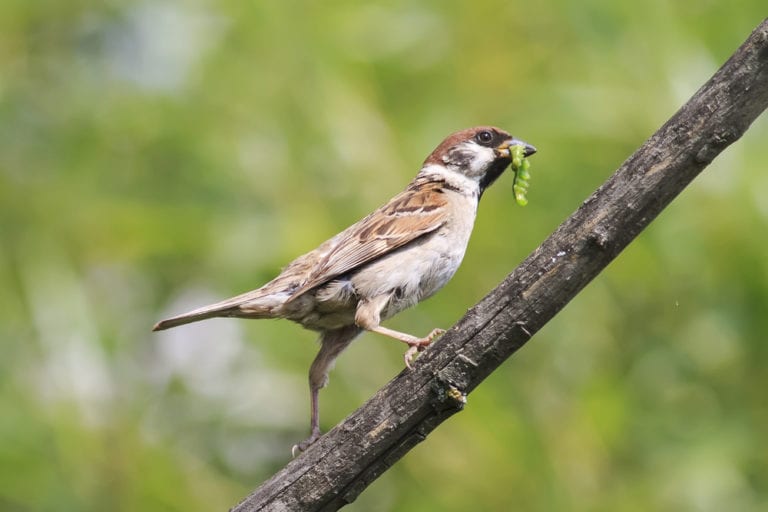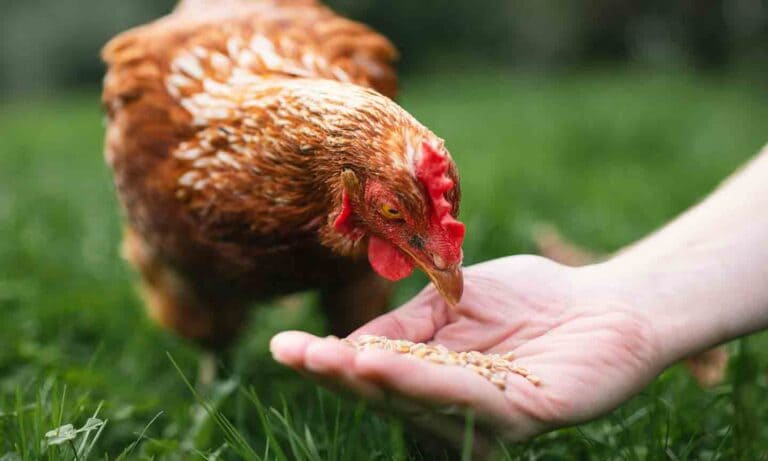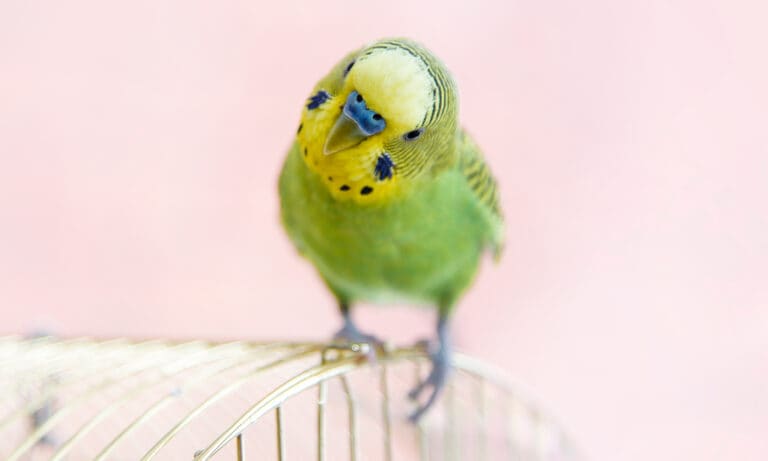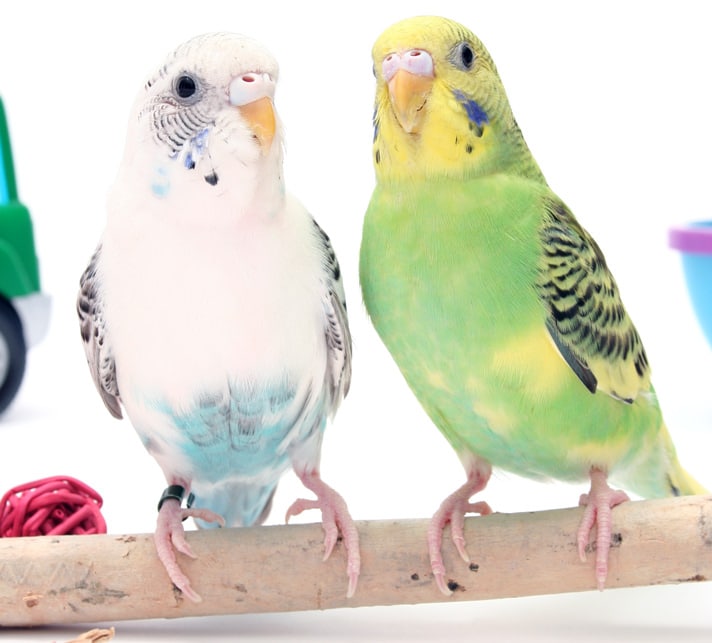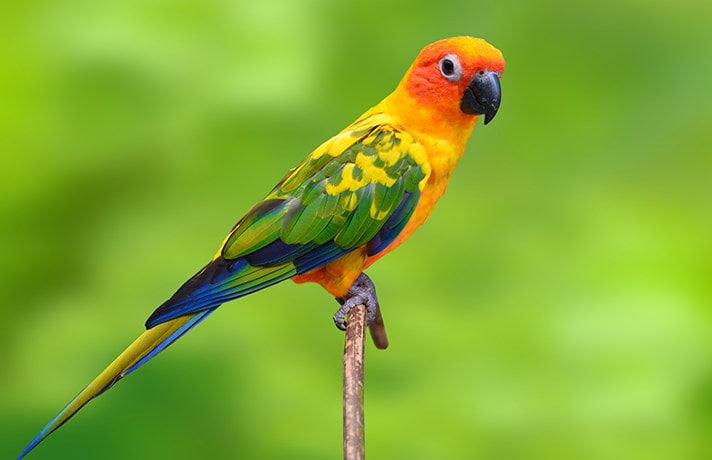Q:
My cockatiels are picking at their babies’ developing feathers. In every other way they are wonderful parents. I am not sure what to do.
A:
When both parents pick at the babies, your only option might be to take them away from the parents and finish raising them yourself. Not only are baby birds with no feathers (or lacking head feathers or feathers on their back) unsightly, they have to put extra energy into growing feathers a second time. This is especially problematic during this early stage of development, when they’re growing rapidly.
Stop this behavior as soon as you notice it, or prevent it if you can. The good news is that plucked chicks usually grow back their feathers and look normal again.
Why Parents Pluck
There are many explanations for this behavior. I subscribe to the theory that parent birds that pluck their chicks are eager to go back to nest, and they use this behavior to drive out the current chicks. Of course, when chicks are too young to leave the nest, this isn’t effective.
Passing On Behaviors
You have a decision to make about breeding this pair. When I’ve had this problem in my flock, I stopped breeding birds that exhibited this behavior. Sometimes I could pair up one of the birds later on, when it was obviously either the male or female that plucked the chicks. Abused chicks can become abusive parents, and that’s not the kind of flock I want.
At my house, “Susie” was plucked by her father and treated her last nest of chicks very badly. She’s been retired from breeding. She’s a wonderful people bird, so she makes visits to senior homes and does other PR work where she can be doted on and appreciated for her affectionate nature toward people. Other retired breeder birds can be adult role models for chicks that have fledged and are learning to preen, bathe and make food selections.
Of course if you have these birds around baby birds, make sure they don’t exhibit their plucking behavior in that setting. They can be sent to new homes to become non-breeding companion birds to someone’s lonely cockatiel. You could also use the pair as foster parents if they will brood eggs to hatching, or let them hatch chicks that are then fostered to another set of birds to be raised in a loving and nurturing nest box.
Lending A Helping Hand
If you have to take babies from the parents because of excessive parent plucking, there are excellent hand-feeding formulas on the market. If you choose this route, find an experienced coach at a bird club or pet store to show you how to hand-feed the first few times and to evaluate your technique.
When hand-feeding chicks:
1. Be observant of formula temperature and keep the chicks at a comfortable temperature.
2. Watch for any signs of yeast or bacterial infections.
3. Weigh chicks daily so there’s an indicator if something starts going wrong.
Posted By: Chewy Editorial
Featured Image: By YK/Shutterstock
Share:
